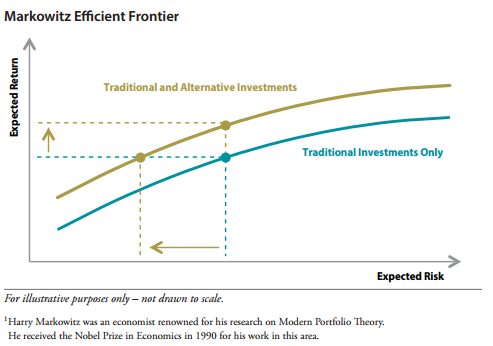Currency ETFs Foreign Currency ETFs May Be a Good Fit For Your Portfolio
Post on: 10 Май, 2015 No Comment

Foreign Currency ETFs May Be a Good Fit for Your Portfolio
Robert Clare/Taxi/Getty Images
Foreign currencies have been a very successful trading tool for investors looking to either gain exposure to a particular country’s currency or hedge currency risk in a portfolio.
However, one of the disadvantages of trading foreign currencies is the complexity of the transaction. An investor has to watch out for arbitrage opportunities, be well-versed on currency options and futures, and have a calculator that allows at least 10 decimal points due to the math involved with trading currencies. This is not your grand-father’s investment.
What is a Currency ETF?
Enter currency ETFs. A simple transaction allowing your portfolio the exposure you desire to foreign currencies without all the complexities. Currency ETFs are like pre-packaged investments that track a certain currency, similar to how a normal ETF tracks a correlating index .
A currency ETF is designed to follow a very specific currency, or in some cases a basket of currencies, allowing an investor access to more than one foreign currency.
What’s in a Currency ETF?
If you look under the hood of a currency ETF you’ll find one of two things. Either a series of currency futures contracts designed to emulated the price of a particular currency or in some cases the exchange traded fund consists of actual cash deposits of the currency being tracked.
Either way, the currency ETF is put together with the goal of emulating the price and performance of a certain foreign currency, without trying to outperform it.
Why Buy a Currency ETF?
Does your research indicate the Yen will outperform the U.S. dollar? The consider buying an ETF that tracks the Yen like the CurrencyShares Japanese Yen ETF (FXY). It may be an easier way to implement your desired investing strategy without the hassle of extraneous fees and calculations.
Or maybe you just think the US dollar is headed for a downfall compared to the other major foreign currencies. Buying an inverse currency ETF such as the PowerShares DB U.S. Dollar Bearish ETF (UDN) will give you the downside exposure you seek.
Why Sell a Currency ETF?
When you have investment assets in foreign markets, you have to consider protecting the downside of you portfolio. A simple international event like an assassination or drug war could have a serious impact on your profit and loss statement. Selling an ETF that tracks a region’s currency is one such plan of action.
There are many other reasons to sell a currency ETF as well, since so many factors can have a negative effect on a country’s currency. Getting short is a possible way to protect your investments against the risks of currency markets. Risks that include a change in interest rates, political implications, the trade deficit, or even a change in the main commodity prices of a certain country.
How Do I Include Currency ETFs in My Portfolio?
If you are ready to get started with foreign currency ETFs. I suggest you track some of the main ETFs and ETNs before you jump in. There are currency ETFs for the U.S. dollar, the Yen, the Euro, and the British Pound just to name a few, but keep in mind there are ETFs for other currencies as well. Here is a pretty good list of Currency ETFs to choose from.
Currency ETFs have a lot of advantages. especially when it comes to taxes. so I do recommend you at least explore this relatively new ETF trading strategy. And once you are comfortable, you can always explore advanced ETF investing strategies such as options. however as I would say to any investor, be aware of the risks as well. No investment is perfect, but currency ETFs could be close.














